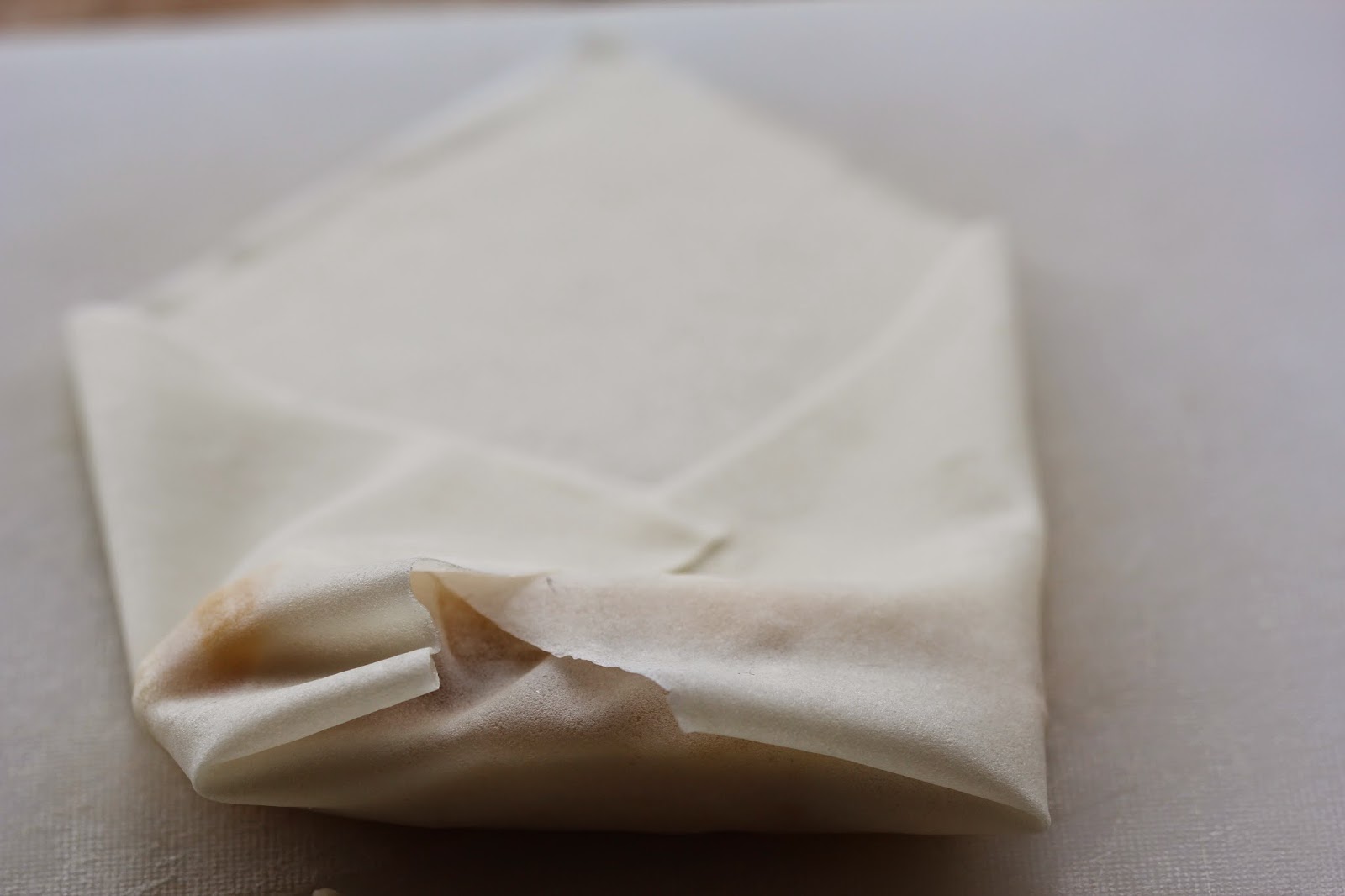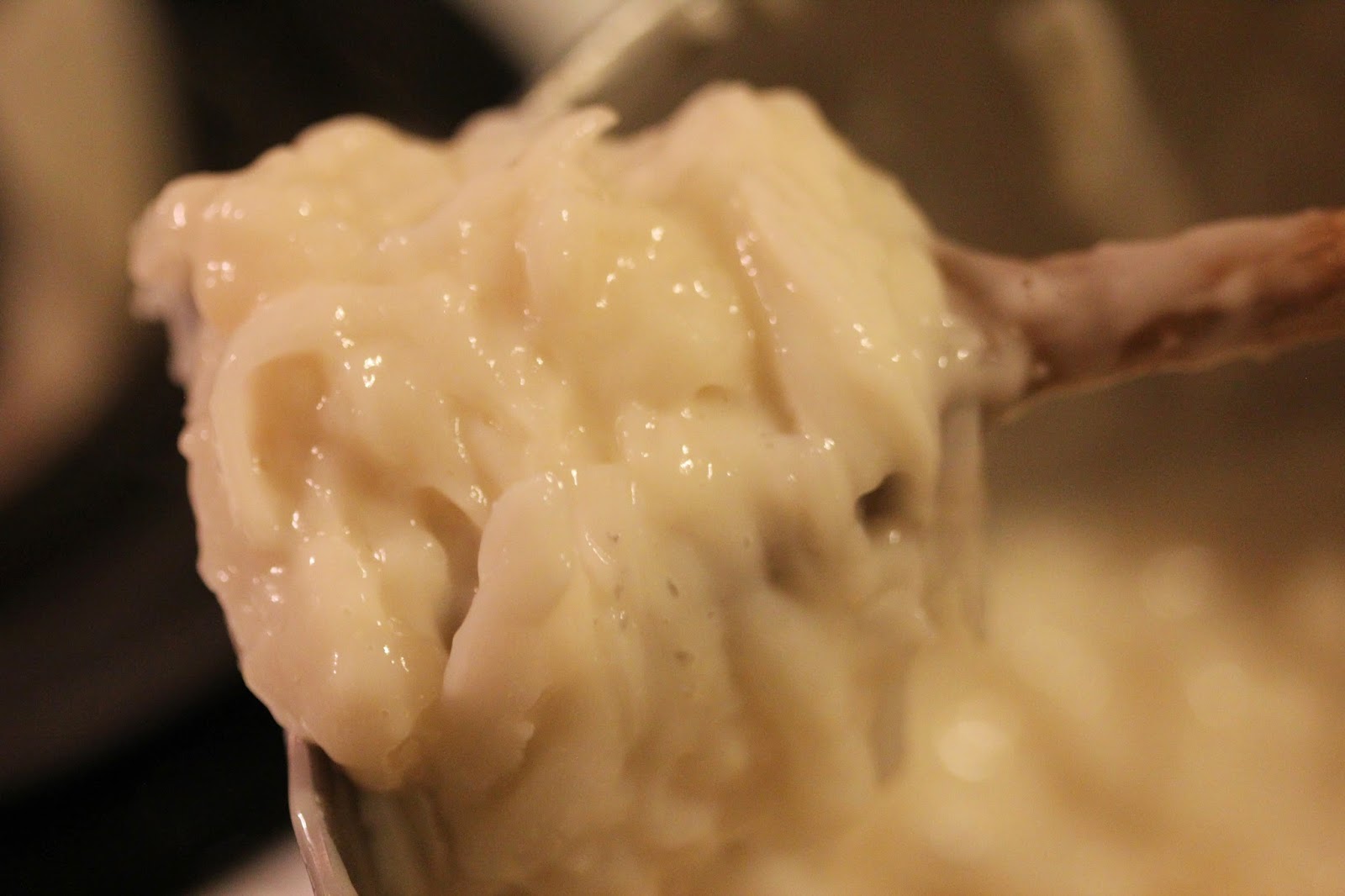 |
| Turon with ube ice-cream |
I love the combination of the crunchy wrapper and the soft banana centre, a delicious contrast of textures. It's easy to make and adaptable to various tastes with endless filling variations like sweet potato, mango, coconut, mung beans, cheddar cheese, caramel, etc. Turon is a snack often eaten as a finger food. No wonder this sweet spring roll is a popular Filipino street food among kids and adults throughout the Philippines!
 |
| Boiled saba bananas |
 |
| Jackfruit |
Though the name sounds Spanish, the origin of turon is likely influenced by the Chinese prior to the Spanish colonization. Similar to other dishes like pancit (Chinese noodle dish) of fusing traditional Filipino foods with Chinese cooking techniques. Turon is a tasty combination of Chinese spring rolls with Filipino bananas.
Did you know: Turon is a Latin word and rooted to mean "to toast". It's known as lumpiyang saging (banana spring roll) in Tagalog.Turon is highly addictive so encourage that you may need to make a little extra as they get eaten up easily and quickly!
Tasty Tip: Make extra uncooked turon and keep frozen until you are ready to eat. No need to thaw either.Ingredients
6 boiled saba bananas, peeled and sliced in half (or can be bought frozen in 1lb bags, defrosted and sliced in half)
12 small lumpia wrappers (5.75"x5.75" square wrappers)
4 pieces of jackfruit, sliced into 12 1/4" strips
2-3 tbsp brown sugar
1 litre organic canola oil
Preparation
1. Place sliced banana on lumpia wrapper, sprinkle with brown sugar then add a slice of jackfruit. Fold bottom and sides of wrapper over banana and roll. Seal wrapper over banana by dipping your fingers in water and running them along edge of lumpia wrapper. Repeat process with the rest of lumpia.
2. Heat oil cast iron skillet or a heavy bottom dutch oven. When water sizzles across the top of the oil, it's ready to fry the turon. Add 2-3 pieces, be careful not to over crowd the pot, and fry for 3-5 minutes or until turin is golden brown. Drain on paper towels and let cool for 5 minutes before serving with cold ube ice-cream, masarup!
Tasty Tip: Other fillings like sweet potato, mango, coconut, mung beans, cheddar cheese or caramel partner well the saba bananas in the turon.
 |
| Place saba banana & jackfruit on lumpia wrapper |
 |
| Fold lumpia wrapper over banana |
 |
| Seal banana in wrapper with water |
 |
| Repeat process for the rest of the bananas |
 |
| Fry bananas over medium heat for 3-5min or until golden brown |













